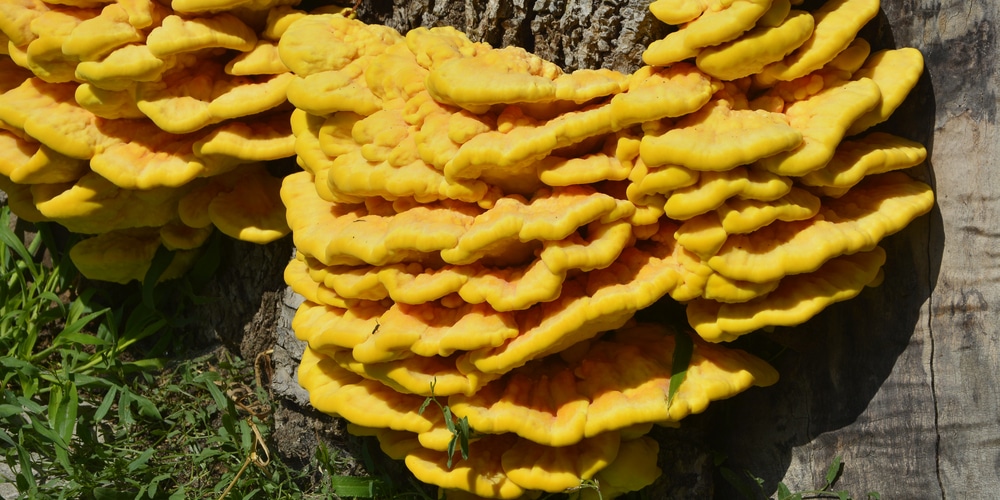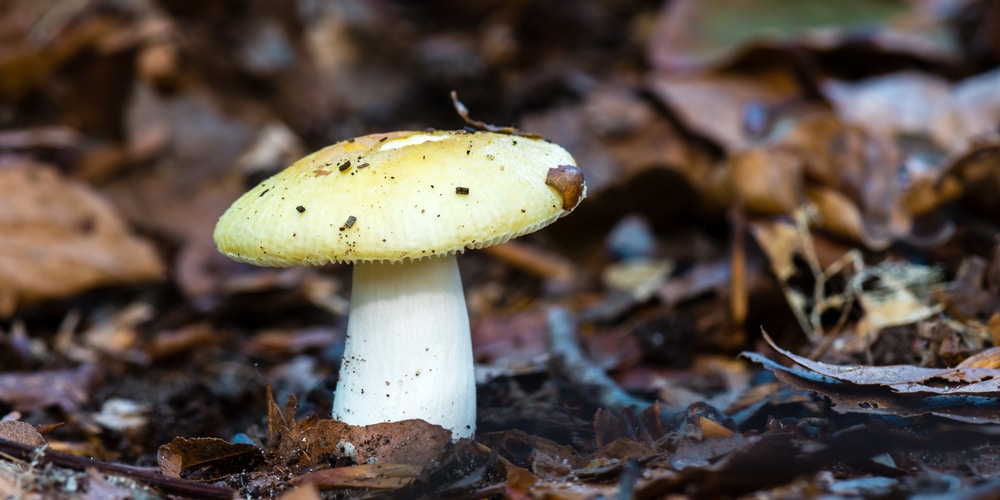You might consider mushrooms a delicacy, and they are. However, not all of them are edible. If you have a lawn, you might have noticed orange mushrooms in your yard.
They usually appear overnight in warm and damp climates. Indeed, like most fungi, mushrooms prefer moisture. So, if your yard offers them the optimal conditions for their growth, they will probably thrive in your garden.
In nature, mushrooms can adapt to various environments: they appear on deserts, open lands, barks, and shrubs. Their existence depends on temperature, humidity, soil conditions, shade, the season, and the amount of rainfall that touches the ground.
But what should you know about the orange ones that commonly appear on house lawns? And are they safe, or can they harm your kids or pets playing in your garden? Keep reading to clear all of your doubts and learn more about this type of mushroom!
What Should You Know About Orange Mushrooms in Yard?
The appearance of mushrooms can indicate that your soil is rich in organic material. You might see them on your lawn after abundant rain, especially during the spring or summer. Also, the temperature must be mild enough for their spread.
These types of mushrooms grow on decaying trees and fertile lawns. When you notice orange mushrooms thriving around your turf, you should rest assured your soil is healthy. But different types of orange mushrooms thrive on such substrates.
The most common variety is the Jack-O lantern Mushroom. Despite looking delicate and cute, these mushrooms are toxic. They contain Illudin, a poisonous substance that might induce vomit and cause breathing difficulties and diarrhea after ingestion.
If you have pets or kids playing in your yard, you must take measures to remove them. While they are orange most of the time, depending on your lawn’s conditions, they might also appear in shades of olive. Remove them to avoid dealing with the effects these mushrooms might have.
Another common species of fungus that thrive on lawns is the Orange Peel Mushroom. This variety is common during summer and fall. Its name refers to its cup-like body that looks like a fruit peel.
This mushroom is edible but doesn’t have a strong flavor. You will typically find them growing in clusters on the ground among the grass.
If you have trees in your garden, you might get to see the unique-looking sulfur shelf mushrooms. Also known as the “chicken of the woods,” these fungi can be bright yellow or orange.
They have a meaty texture and grow in layers, resembling a shelf (hence, the name). These mushrooms grow on large oak trees but will grow on other types of trees under optimal conditions.
They are edible. They have a strong taste when cooked. But beware: they might cause allergic reactions when raw. If you have kids or animals in your garden, you might have to remove them.
How to Remove Orange Mushrooms From Your Yard
Orange mushrooms might look pretty, but they can ruin the appearance of your lawn. Plus, if you have Jack-O lanterns, they might threaten the health of your pets and family members. So, how do you get rid of them?
The best thing you can do is pluck them by hand and spray a high-quality fungicide. Avoid using products that might ruin your grass. Pick the product that suits your needs the best. Avoid overdoing it: follow the manufacturer’s instructions carefully to prevent making mistakes.
If you prefer more organic options, you can try mixing vinegar with water to get rid of mushrooms without using chemicals. Use one-fourth of vinegar for every part of water.
But be careful: this homemade fungicide might kill grass and other plants you may have in your yard. Baking soda is another alternative. While this solution does not kill the mushrooms, it creates an unfavorable environment for them to thrive.
It works as a natural fungicide that increases the soil alkalinity, which, in turn, inhibits the growth of orange mushrooms. Add one tablespoon of baking soda to a gallon of water. In less than three days, you shouldn’t see more orange mushrooms!
Orange Mushrooms In Yard: The Bottom Line
Finding mushrooms and toadstools on your lawn is not unusual. But as long as you take the measures we describe in this essential guide, you shouldn’t be worried about that.
Related Article: Can Mushrooms Grow in Snow?


